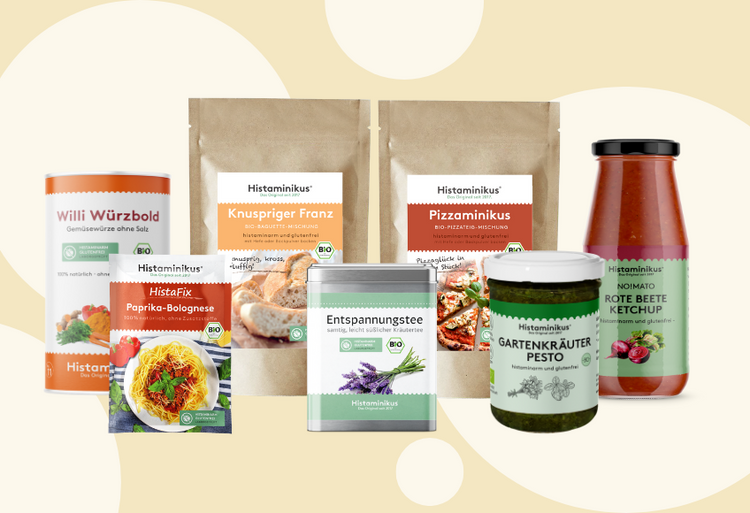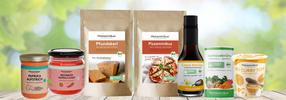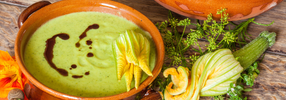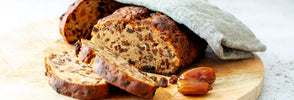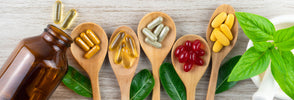
Protein powder - sensible or overvalued?
After training, a shake quickly - for many that is just part of it. Protein powder, also called protein powder, is a popular dietary supplement with a particularly high protein content. It is mostly consumed in the form of drinks, especially by people who want to build muscle or support them when losing weight. But as with many trends, the following also applies here: Not everything that can be helpful is automatically harmless. If you consume too much or the wrong protein powder, you risk possible side effects. With us you will learn how to do it right!
What is actually in protein powder?
Protein powder is therefore a dietary supplement with a lot of protein. Protein is an important component for muscles, skin, hair and many processes in the body. So that it is easier to absorb it, the protein is filtered out of different foods when manufacture from different foods and processed into powder in a concentrated form.
There are different types of protein powder - depending on which foods the protein comes from. For example, whey protein is very popular, which is protein made of whey, a liquid by-product that arises during cheese production. Then there is still casein that is also obtained from milk. Egg protein is also used. If you want to do without animal products, you use vegan protein powder. B. made from hemp, oats, soy, rice, peas, pumpkin seeds or sunflower seeds. Some powder even contains a mixture of several of these sources of protein-this is called multi-component protein.
The nutritional value of protein powder depends on the manufacturer and the protein source. On average, 100 grams of powder have about 360 to 390 calories. Of these, 65 to 90 grams are usually pure protein. Fat, sugar and carbohydrates - i.e. the usual energy suppliers - are a little less included in good products. In practice, of course, the powder is not pure. Most of the time, 30 to 40 grams are mixed with water, milk or a plant drink (e.g. oat milk) in a shaker. A shake of water then delivers an average of about 100 to 130 calories and contains 20 to 25 grams of protein.
It is also worth taking a look at the list of ingredients: many protein powder contains additives such as flavors, sweeteners (i.e. calorie -free sugar substitutes), emulsifiers (which ensure that powder and liquid mix well) and separation agent (so that nothing clumps). So that the shakes taste good, they are available in many flavors such as vanilla, chocolate or strawberry - there are mostly artificial aroma substances in it. So if you use protein powder, you should know what's inside - not every powder is the same. An honest view of the ingredients and nutritional values is always worthwhile.
Is protein powder really healthy?
Many think they need protein shakes to build or lose muscle. But in reality, many of us do not need any extra portion of protein. The daily need is about 0.8 grams of protein per kilogram of body weight - for example, around 56 grams of someone who weighs 70 kilos. This amount can be reached relatively easily with a normal, balanced diet. In fact, many people in Germany even eat more protein than they actually need. Athletes who are very active and do a lot of endurance or strength training sometimes have a slightly higher need- about 1.2 to 1.7 grams per kilo. But this additional requirement can usually be covered by good food.
So protein shakes are not harmful per se, but sometimes simply superfluous. If you still want to use it, you should pay attention to good quality. Products from Germany or the EU are best, because there have been reports of powder on powder like China, for example with forbidden muscle building agents.
Are there any side effects?
In the past, people thought that too much protein could burden the kidneys. Today we know that healthy kidneys get along well with a slightly increased amount of protein - as long as you don't exaggerate it! But if you take more, you should be careful, because long -term studies are still missing. However, this does not apply to people with kidney problems. With them, the amount of protein must be precisely coordinated - always in consultation with the doctor.
Multicolumn
-
Column
Amino acids in protein powder
Amino acids are something like the small building blocks from which proteins - that is, proteins - are composed. Proteins take on many vital tasks in the body: they help build muscles, organs, skin, enzymes and much more. Only when more than 100 amino acids connect can a complete protein. There are over 400 different amino acids in nature. A distinction is made between so-called proteinogenic and non-proteinogenic amino acids. The term proteinogen means: "protein -forming". Only these amino acids are actually used to build proteins. Our body needs exactly 21 of this to produce all proteins that it needs. The others-non-proteinogenic-also take on important tasks in the body, but they do not build proteins. Examples of this are the thyroid hormone thyroxine or the messenger Gaba, which has a calming effect on the nervous system. Incidentally, Gaba is also sold as a nutritional supplement - many use it to be able to switch off better.
When there is generally talk of “amino acids”, the protein -forming people are usually meant. The so -called essential amino acids are particularly important - these are nine of the 21 proteinogenic amino acids that the body cannot produce itself. So we have to take these on our diet. Anyone who has ever bought a protein powder knows the so -called amino acid profile. This is a list on which all the amino acids of a product are listed - including quantity and relationship to each other. This ratio shows how high quality the product is. Because our body can only use a protein particularly well if all essential amino acids are contained in a balanced ratio.
Of course, not every single food delivers this ideal amino acid profile. The entire diet is therefore crucial throughout the day. So if you eat varied - e.g. B. a combination of grain, legumes and vegetables - ensure that the various amino acids complement each other well. Such a balanced amino acid profile can be recognized by the fact that it corresponds to the needs of the human body. If this is the case, one speaks of a high biological value - that is, the body can use the protein it contains particularly effectively.Histidin in the protein powder - friend or enemy in histamine intolerance?
Those who suffer from histamine intolerance often meet the term "histidine" with skepticism. After all, Histidin is the preliminary stage of histamine - the substance that can trigger symptoms such as headaches, reddening of the skin or digestive problems in histamine intolerance. But the fear of histidine is usually unfounded - and a complete waiver can even be problematic.
What is Histidin - and why is it important?
Histidin is a so -called essential amino acid. This means that the body cannot produce it itself and is dependent on the supply of food. It is a natural part of every complete amino acid profile and thus also contained in high -quality protein powders.
Histidin takes on many important tasks in the body:
• It supports tissue regeneration.
• It plays a role in the acid-base balance.
• It is part of enzymes and hormones.
• And yes: it can be converted into histamine through the enzyme histidine decarboxylase-but only if this enzyme is active.
The conversion: Histidin does not automatically become histamine
The sticking point lies in enzyme activity. In order for Histidin to become histamine, the enzyme is needed histidine decarboxylase. In healthy people, this enzyme is active in certain tissues (e.g. mast cells). But in people with histamine intolerance, the problem does not come about through the supply of Histidin, but through a disturbed histamine balance in the body-either by excessive histamine via food or by reducing the histamine-degrading enzyme dao (Diaminoxidase).
Conclusion: Histidin alone does not lead to a histamine surplus as long as the enzyme histidine decarboxylase is not active in excessive or unsuitable location.
What you should pay attention to in protein powders
It is therefore not necessary for people with histamine intolerance to avoid protein powder with histidine. It is much more important to pay attention to the low -histamine composition of the other ingredients:
• Avoid protein sources such as soy, peas or fermented products that are often history -rich or problematic in processing.
• Better for rice pules, hemp or oat powder, collagen protein or hydrolytates that are well tolerated- provided that they are free of additives, flavors or uncontrolled fermentation residues.
• Pay attention to a transparent declaration of the ingredients and ideally on laboratory analyzes to the histamine content.
To make it easier for you to find a suitable protein powder, something great is waiting for you in our shop. Our source of protein consists only of low -histamine ingredients and is non -histamine. It provides you optimally with your daily portion of protein or supports you in training in building muscle. Candy delicious and balanced shakes, mueslis, quark dishes or smoothies with the protein powder. The powder tastes slightly sweet and pleasantly mild like oats and rice. -
Column
Pair text with an image to focus on your chosen product, collection, or blog post. Add details on availability, style, or even provides a review.
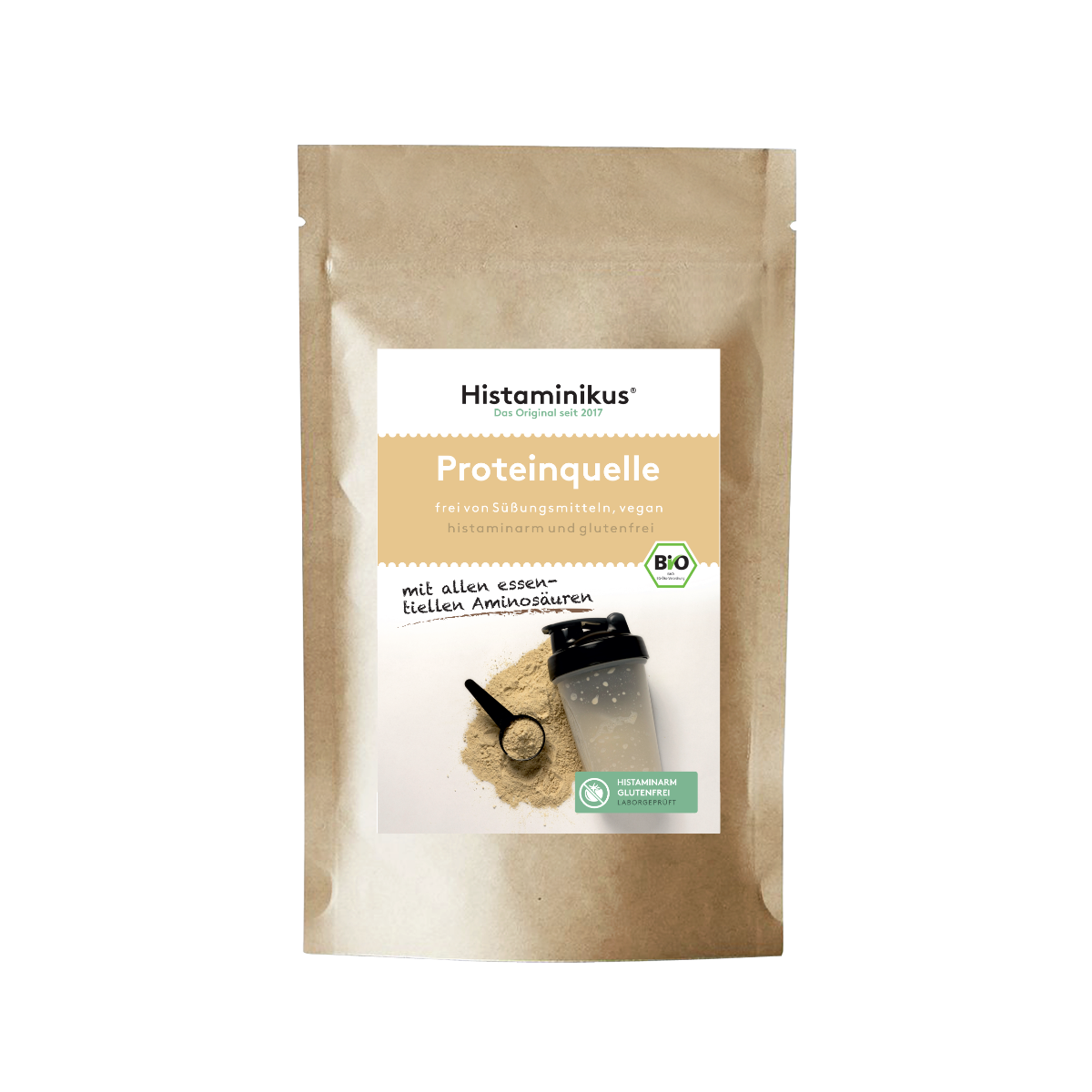
Histaminikus
Protein source organic
4.62 / 5.0
(60) 60 total reviews
Share
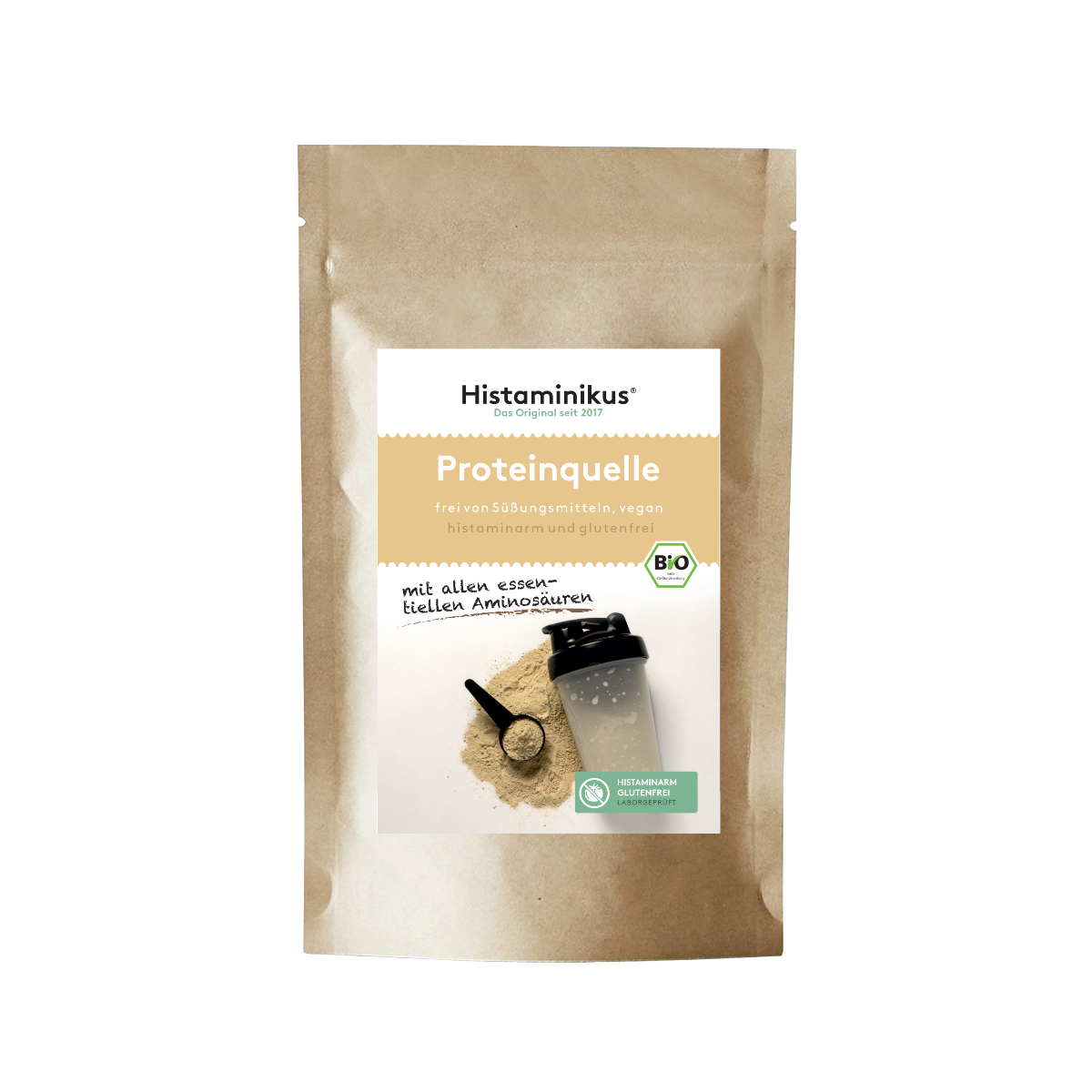
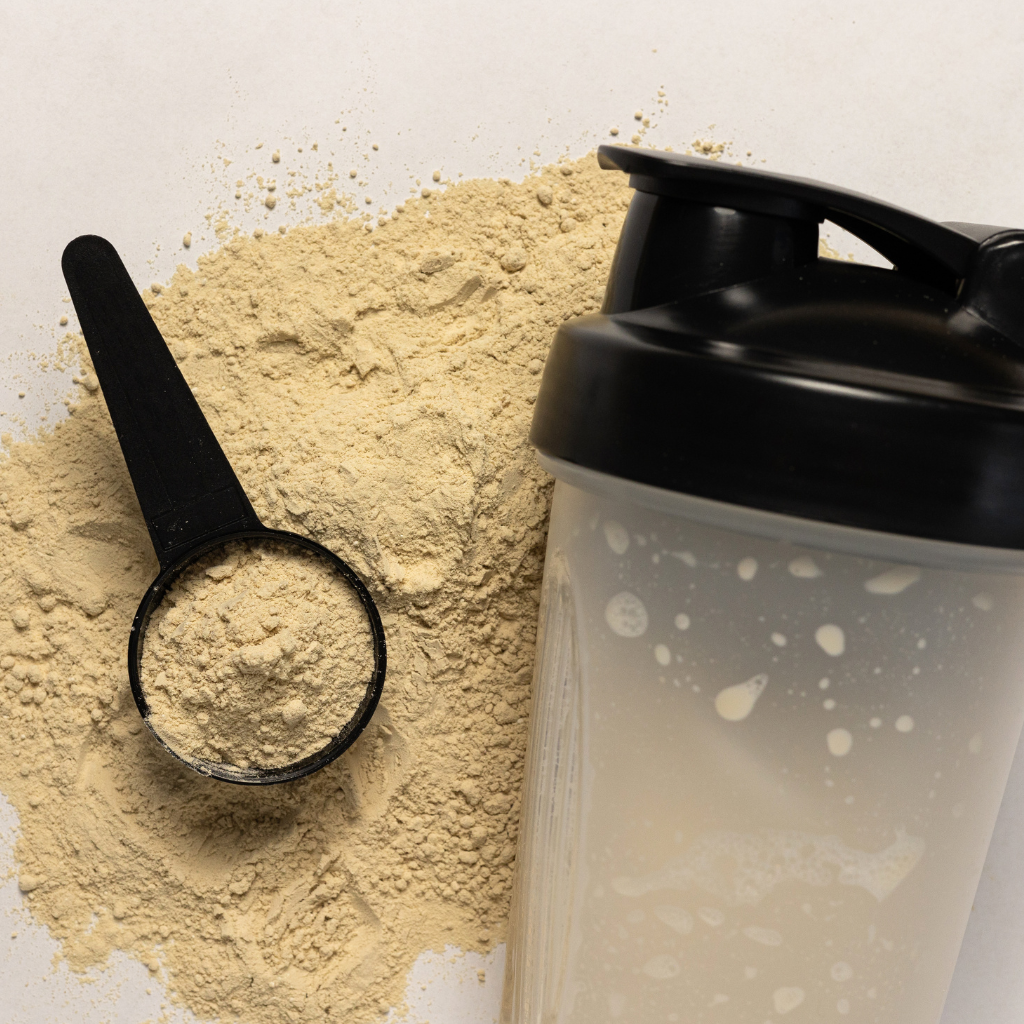
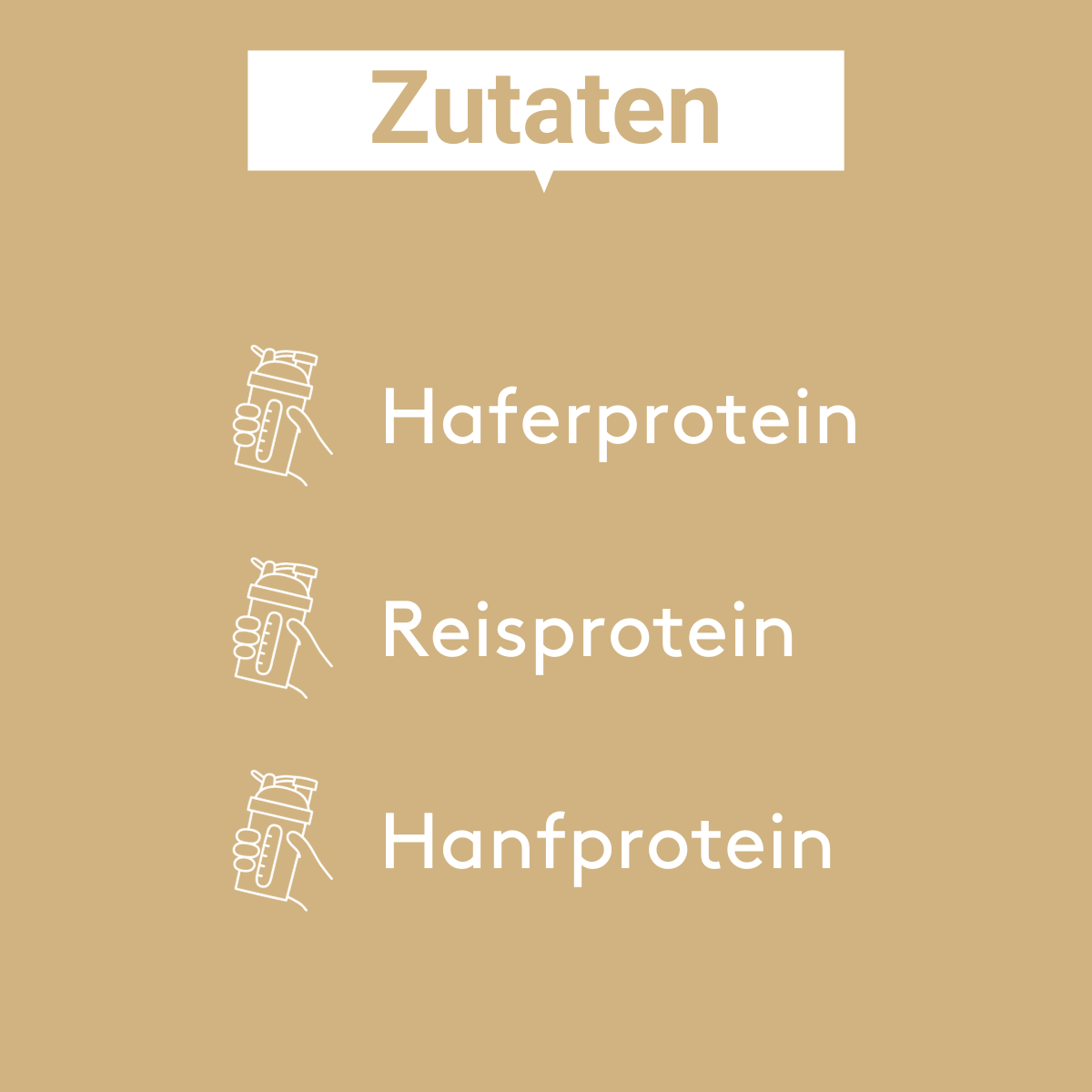
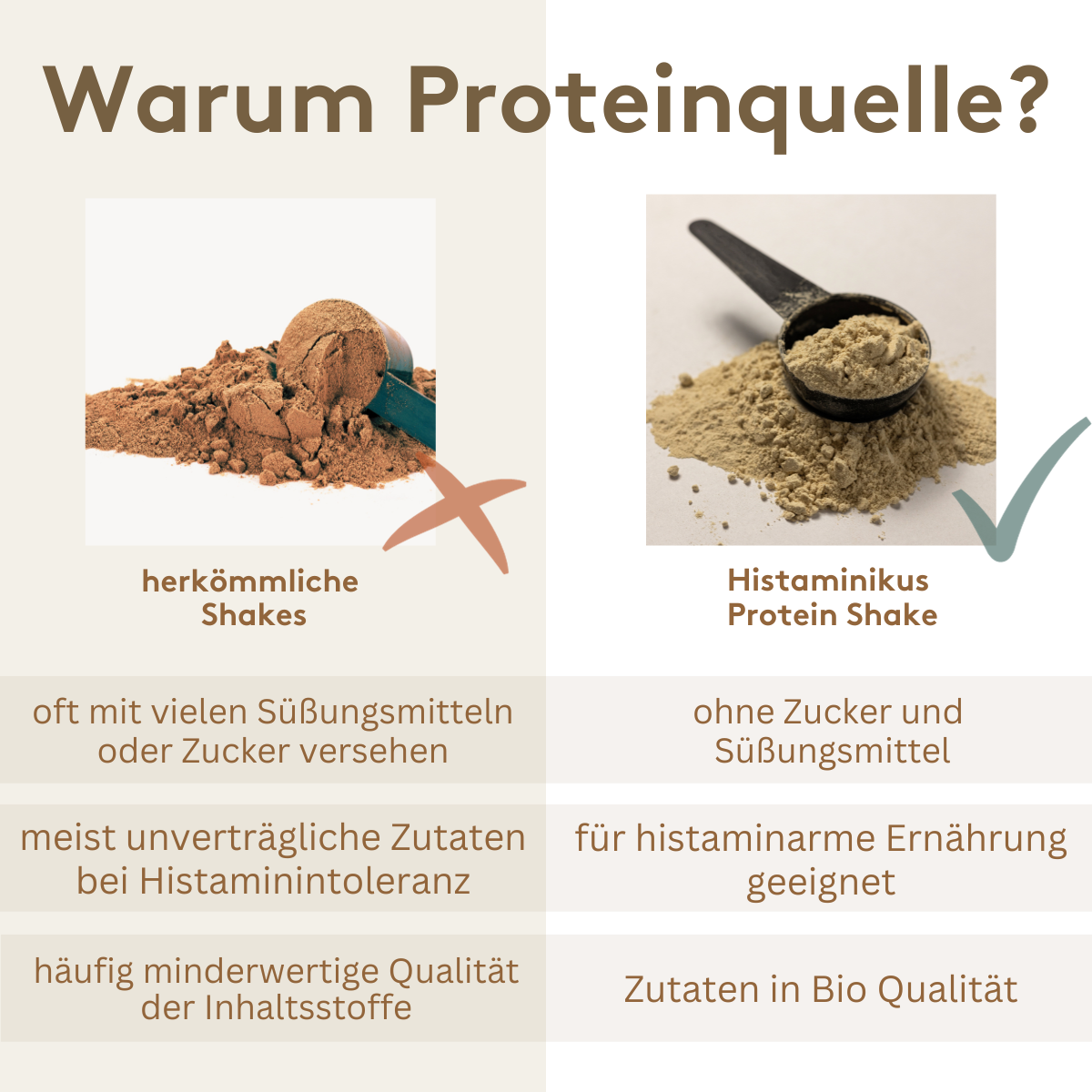
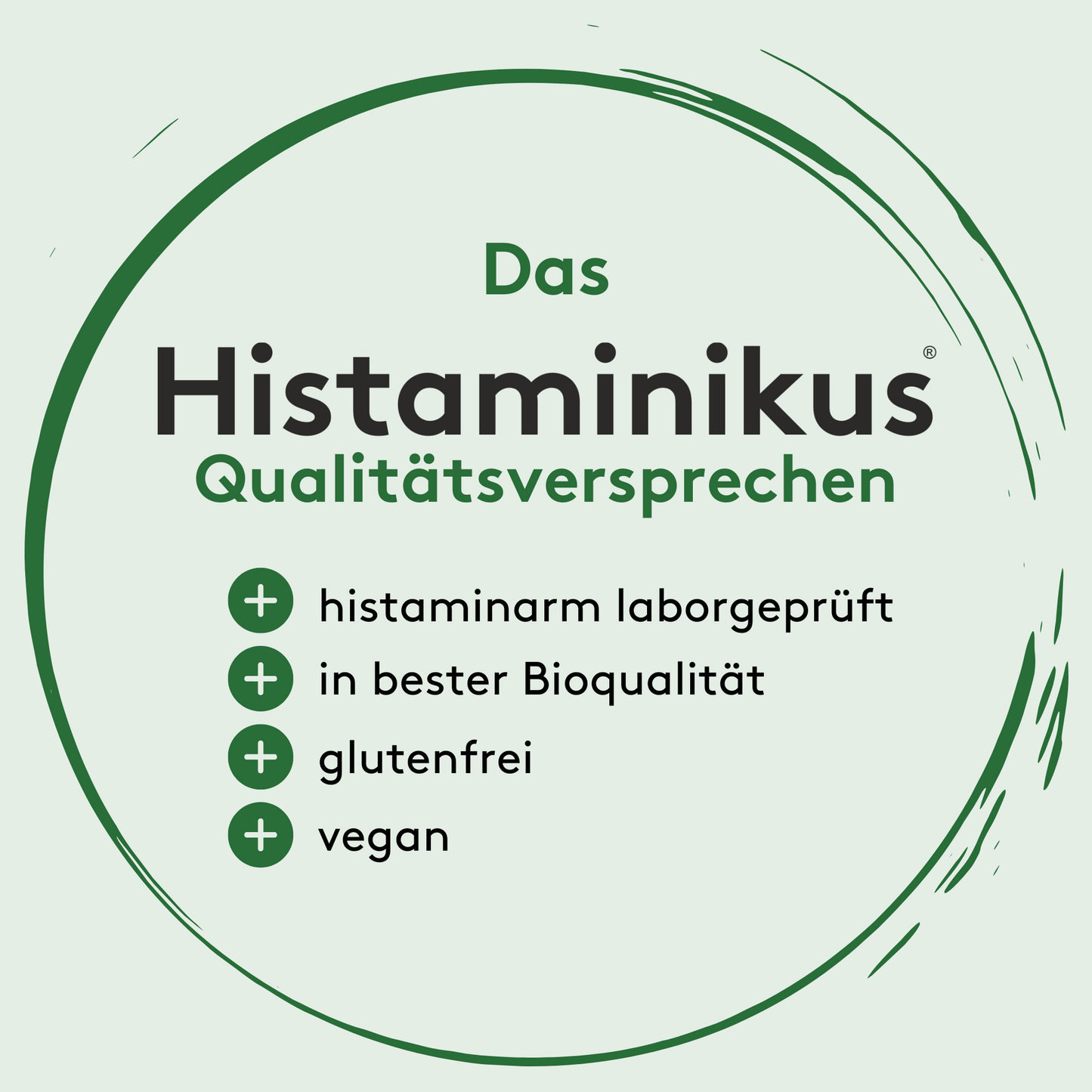
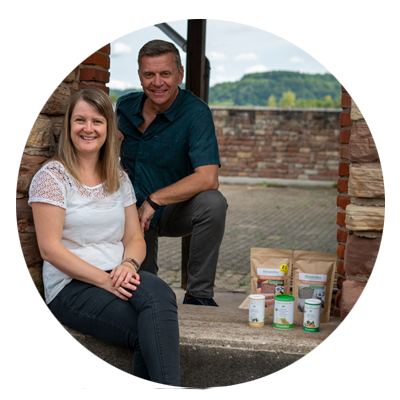
From those affected for those affected
We are Thomas and Michaela Zinser, founder of Histaminikus.
Because of the own histamine intolerance of Michaela and our son, we founded Histaminikus. The frustration does not find any suitable histamine food has spurred us to develop low -histamine food.
We would like to give you back a piece of quality of life. Feel free to look around with us.
Kind regards
Thomas and Michaela
